The beauty of the interior design is that it gives you plenty of leeway for fusing your own individuality with elements that enhance function and style.
The interior designs in 2021 exemplify this in the way that tells a story. You’ll notice that interior décor trends in 2021 place more emphasis on sustainable materials and creating a curated look that celebrates your home with sensational style.
The home decor trends below cover everything from color trends to mural trends to bedroom trends, and, of course, kitchen trends.
1. Textured Furniture
Textured furniture makes it easy to craft an aesthetically dramatic room in no time.
Tiles have become tactile, glass panes make a fluted twist, and wallpapers now leverage technology to become more ‘three-dimensional’. So it’s only fair for furniture to follow suit.
It is worth pointing out that adding textured furniture to space goes beyond just adding a colorful throw pillow here and a fringe-edged-wood texture there. It requires a precise understanding of seamlessly blending the rough with the smooth.
Wardrobes, cabinets, drawers, and sideboards are ditching the flat fronts in favor of something a bit more decorative, as slat-like grooves dominate storage in every space of the house.
Rooms that incorporate textured furniture will eschew flat surfaces in favor of reeded details that cover everything from furniture to walls.
2. Sage Green Kitchens
Sage green is a serene and organic color that not only brings warmth but also connects you to the great outdoors. It is compatible across a range of layouts, from farmhouse kitchens to ultra-modern spaces – sage green looks like it belongs on kitchen cabinets, accessories, and walls.
Take a cursory look at Instagram and you’ll find that it’s awash with sage green as nearly all interior designers choose the green hue as a backdrop for their kitchen.
Pro tip: While sage green can be effortlessly applied to the entire scheme in a small kitchen, make sure to balance the powerful hue out with different colored flooring or worktops so the room doesn’t appear ‘too green’.
i) Subtle Green
If you’re not too keen on using green hues for your kitchen, you could just opt for a small touch of sage green in your kitchen.
Consider pairing green cabinets with worktops that feature a less provocative color, such as cream. This pairing lets you highlight any hue without making it the primary feature of the kitchen.
ii) Sage Green Walls
Since sage green is so calming, it is the perfect choice to use on kitchen walls. The color works especially well in large kitchens, in which case, consider painting a feature wall with sage green.
Alternatively, you could contrast white or light grey walls with sage green wall tiles to make a small kitchen appear larger.
3. Broken Plan Living Spaces
Broken-plan living is dominating home design as it replaces the open-plan layout with subtle divides.
The goal is to create distinct zones that make clever use of space. You use versatile floor finishes, semi-permanent partitions such as screens and bookcases, as well as split levels. This subtly retains the spacious feel of an open-plan living but also gives you a sense of meaning and separation.
While the open-plan approach knocks down interior walls to form a space where light can flow freely, it faces several drawbacks, including noise issues and higher energy bills (because heating is that much harder).
A broken plan layout preserves the same flow of light with ‘compromises’ that come in the form of internal windows, which solves the issue of noise without sacrificing light. Internal windows also let you maintain a sense of cohesion between the subtle divides.
Alternatively, you could just as easily use glass screen doors to let sunlight reach all areas of the house, as are skylights.
Pro tip: You can use bookcases, curtains, and room dividers to cleverly zone a room. For instance, you could create flexible zone working areas for telecommuting with the help of a shelving system.
4. Decorating with Stripes and Checks
Stripes and Checks are highly versatile due to their compatibility with any style of the scheme, from contemporary décor to Scandinavian décor. However, pairing patterns is a design dilemma that continues to elude many experts in interior décor.
When decorating with stripes and checks, determine what kind of look you’re going for. The next big challenge is to choose the right pair of colors. There are several different directions you can take to mix and match the colors of stripes and checks. Below are a few ideas:
Use colors that have the same intensity and hue. For instance, don’t mix jewel tone patterns with pastel patterns.
Choose different shades of the same tone to give a neutral room more texture, depth, and personality with an on-trend overtone.
5. Opt for Geometric Furniture with Sculptural Elements

A geometric sculpture with organic patterns never fails to impress.
However, with geometric sculpture, we’re entering into the realm of arts and crafts – and we all know how hard it is to find ‘choice’ pieces of art. If you know where to look, you could bring your rooms to life with carefully curated sculptural pieces.
Sculptural furniture can take on many forms – from a checkered dining table made of metal shards to a sculptural dining table textured with a gold top.
The most dominant geometry in this niche is organic forms with shapely figures. Combine the striking look with lighting and you have the perfect recipe for creating a conversation starter in your living room.
If you’re big on ceramics, try grouping together different furniture pieces behind glass – or a window shelf. The bottom line is, whether you opt for shapely furniture or a curvy vessel, it is bound to draw your gaze to dance across the room.
6. Going Wild with a Primary Color Palette
This trend gives rooms an artistic edge by pairing two primary hues against a muted palette. A good idea is to paint the entire room with a neutral color and then adding a statement piece (such as a lamp with a big personality) to stand out from the crowd.
If you have a large room to decorate, you could use natural jute flooring with wooden furniture to spruce up space with a new lease of life that sprinkles with bright colors.
7. Wall Mural Interior Design Ideas & Home Decorating Inspiration

We’d be the first to admit – wall murals can be tough to pull off, which explains why most dwellers fear committing to art. Unlike framed paintings and canvas images, an oversized wall mural can dramatically transform the entire ambiance of a room with its massive frame.
However, just because murals are maximalist and dynamic, doesn’t mean you should shy away from using them for your room. If done correctly, wall murals could mean the difference between an inspiring room and one that could use some more work.
Pro tip: Choose wall murals that complement your preferences for aesthetics because you won’t get many chances to nail the design.
There is a lot of choices when it comes to buying wall murals. The most dominant art form is floral patterns due to their feminine and fresh appeal. However, an image of wildlife can just as easily transform your space into an outdoor retreat.
If you don’t know where to start Interior Design Ideas, there’s plenty of inspiration to discover on Instagram. Simply search for #wallmural or #wallmurals and you’ll find hundreds of ideas that transform dull walls into pieces of art.
8. Rustic Vogue – A Unique Spin on Cottagecore

If you’re a regular reader of most Interior Design magazines, you’re probably already familiar with the shabby chic trend of Cottagecore. Most people either love the trend or hate it, there’s usually no in-between, but there’s no denying its huge rise in popularity.
However, committing to the Cottagecore trend can be a tad bit overwhelming, especially if you’re only keen on adopting a few key elements. If Cottagecore is too ‘chic’ for you, you’ll love Rustic Vogue.
Rustic Vogue takes on a more balanced approach compared to Cottagecore because it embraces the rustic charm of natural materials with modern colors and neutral elements.
The key to making this style work is adopting an open floor plan with modern furniture, and dominant natural architectural features. This interior decor style has a preference for handmade, mellow, muted, and pretty artful pieces.
Pro tip: Reclaimed wood is the primary material that holds the rustic vogue look together. So try to look for unique pieces that give off a grainy texture, rather than items that feature a perfectly smooth finish.
9. Double Down on Cottagecore
The isolation due to lockdowns and telecommuting has kickstarted a new trend – Cottagecore. This internet aesthetic of the rural idyll has taken off in popularity as more people seek an escape from today’s stressful world.
Cottagecore embraces simplicity and encourages people to enjoy being in the comforts of their own homes. Like many modern art styles, Cottagecore gained popularity through the internet, but in reality, it exists beyond the realm of technology, amongst sprawling gardens and wild meadows.
It is mostly centered on a romanticized version of agricultural life. The goal is to make a return toward the traditional and celebrate crafts such as baking, pottery, and foraging.
i) Utilization of Vintage Décor
The central theme of Cottagecore is creating a nostalgic feel. This is why it is always a good idea to use vintage décor in your Interior Design. These accessories can include old plates, antique pottery, instruments, figurines, and the like.
As a general rule, you could use any type of item or home décor style as long as it reminds you of a bygone era, and also happens to be special to you.
Also, bonus points if the vintage décor is in good condition because your aim is to create a vision of a bygone era – not use something that is worn out and old. So if possible, try to purchase antiques that have been properly restored first. These may cost you though!
ii) Preference for Earthy and Natural Tones
The Cottagecore aesthetic leans towards earthy and neutral tones, often with subtle shades that don’t scream too much drama. While you could use brighter shades every now and then, your main color scheme should be mostly earth and neutral color. These colors are mostly associated with a style that is reminiscent of the pastoral lifestyle.
10. Adopting Those Calm, Ocean Hues
The gentle rolling of the sea never gets old. The stillness of the world’s most beautiful lakes makes you feel safe and secure.
Whether you’re coloring in bright inky tones or pastel Aquas, coloring your whole space with blue will infuse feelings of calmness and tranquility in you.
i) Distressed Wood
A key element of an ocean-inspired Interior Design of bedroom is the use of wood with a distressed finish as if it has spent time in the waves. No need for perfect finishes with a dominant shine. Nor do you need a matching set of furniture – let wood be wood!
ii) Taking in Natural Elements
In the same vein as distressed wood, you’ll need to find plenty of natural elements to complete your ocean-inspired room. These elements include wood, seagrass, rattan, and bamboo.
iii) Wall Art
The choice of motif plays an important role in bringing together a beach-inspired room. You could always opt for the obvious such as sea horses, coral, seashells, and fish – but you can always find something more creative, like an octopus with a fun and whimsical design.
iv) Color Palette for an Ocean-Inspired Room
The choice of the color palette of an ocean room is reminiscent of the beach – soft turquoise, seafoam, and watery blues, all mixed with plenty of white tans.
11. Japandi
You’ve probably never heard of Japandi before, it’s a cool spin on Japanese minimalism with Scandinavian overtones. This fusion of art with function creates the perfect blend of functionality and aesthetics.
The primary elements of Japandi focus on minimalist designs that are highly functional yet aesthetically pleasing.
You can choose from a plethora of natural elements such as muted colors, minimal lines, and well curated furnishings. Japandi requires furniture with a focus on beautiful craftsmanship and handmade pieces over artificially manufactured, ‘cheap’ structures.
Most Japandi rooms feature lots of neutral color palettes that are often incorporated with brighter colors. Moreover, Japandi styles emphasize sustainability, hence the prevalence of natural designs with simplistic designs. This should come as no surprise since more people are now looking towards eco-friendly aesthetics.
Wrapping Up
There you have it, our top 11 picks of the best styles for interior design ideas & home decorating inspiration. Do you agree with our list? Have something to add? Join our conversation by sending in your comments!
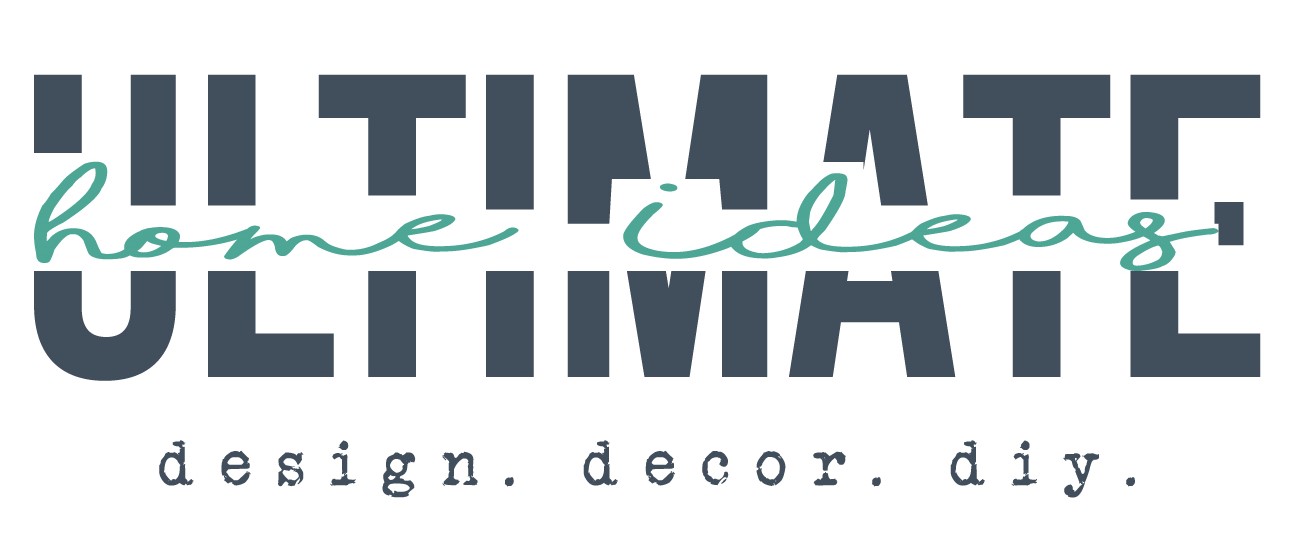
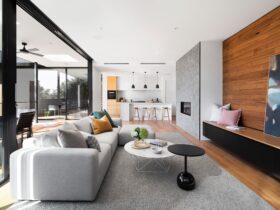
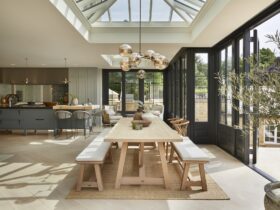
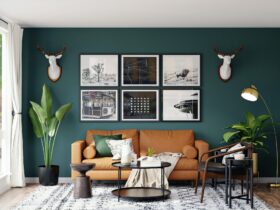
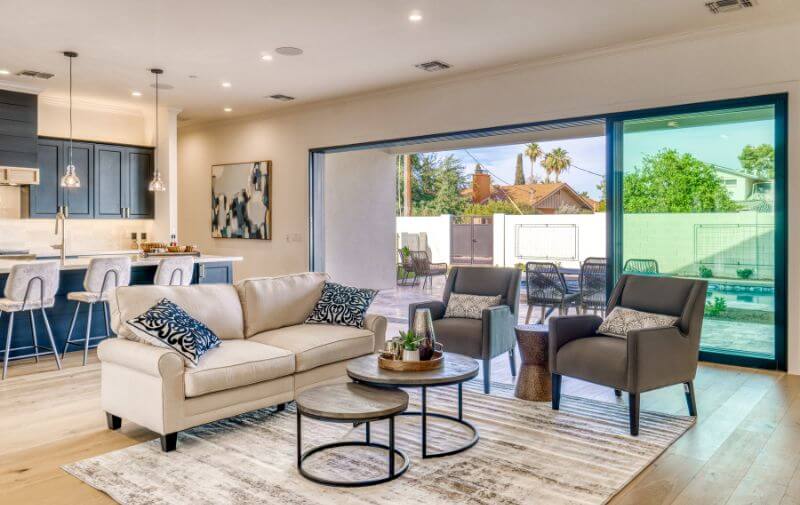
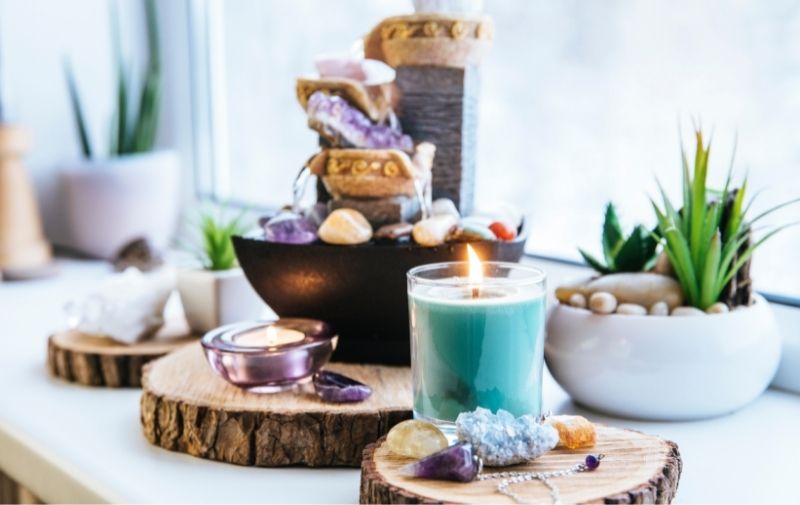
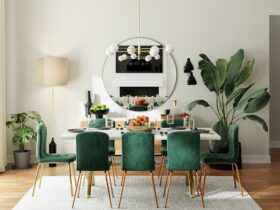
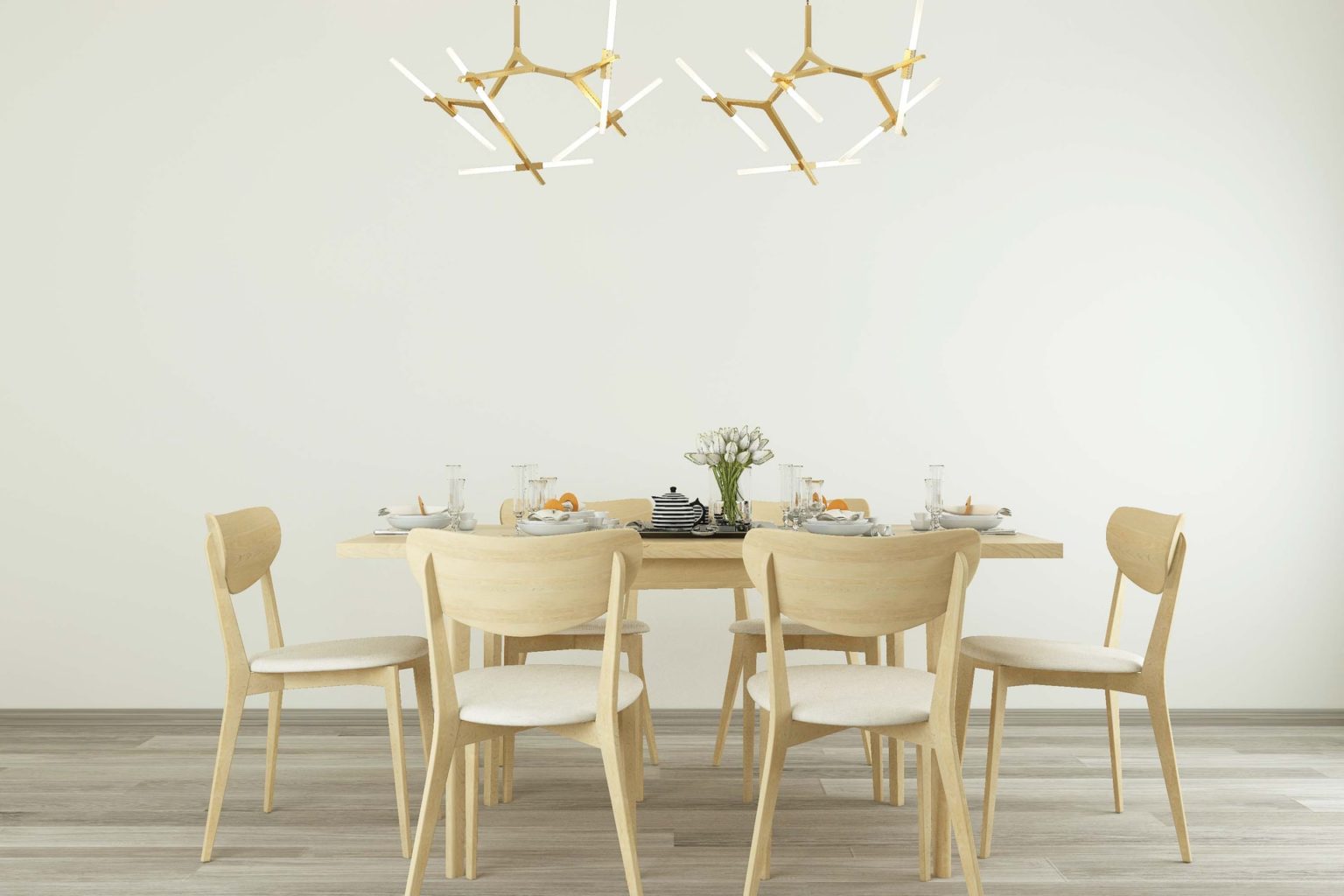
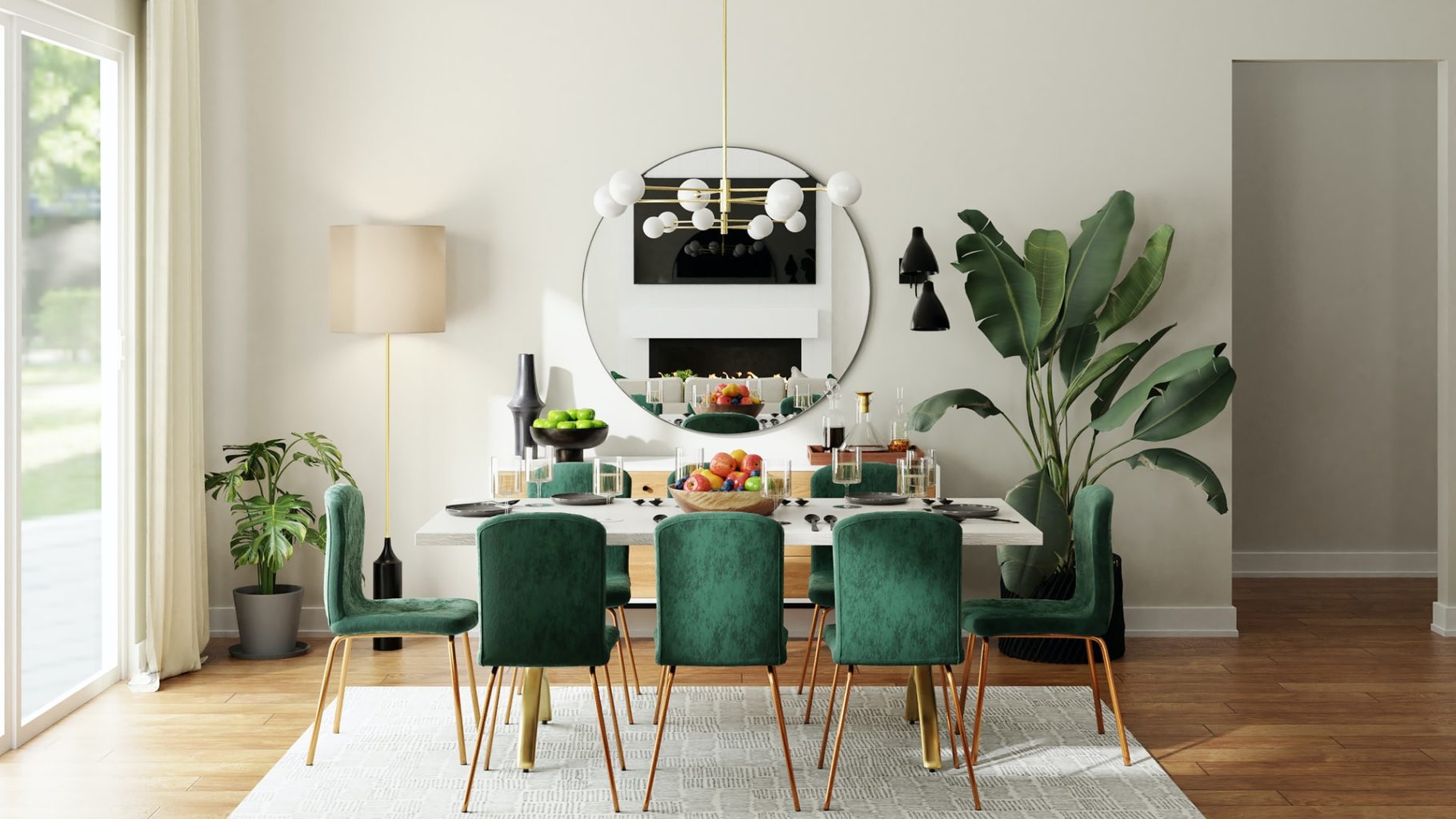
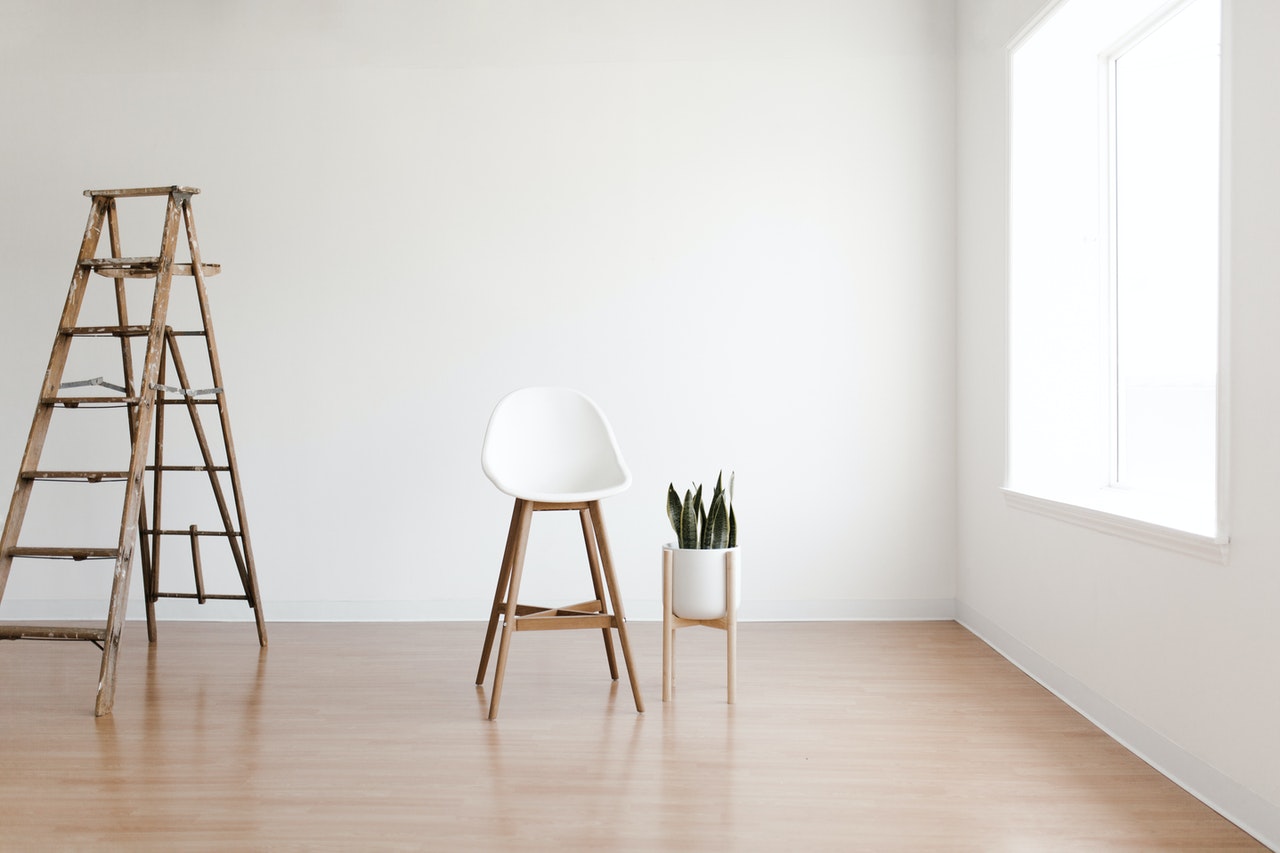
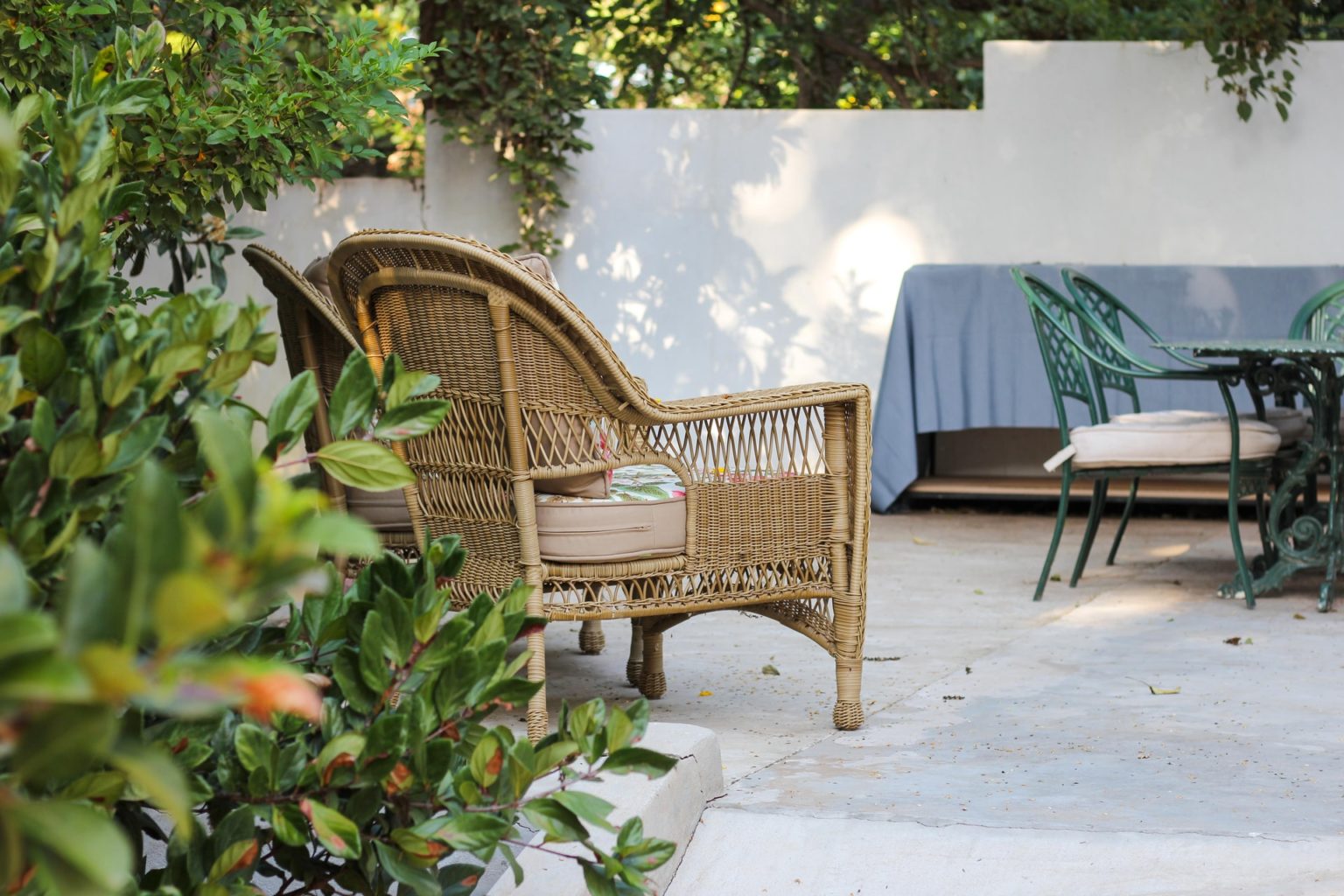

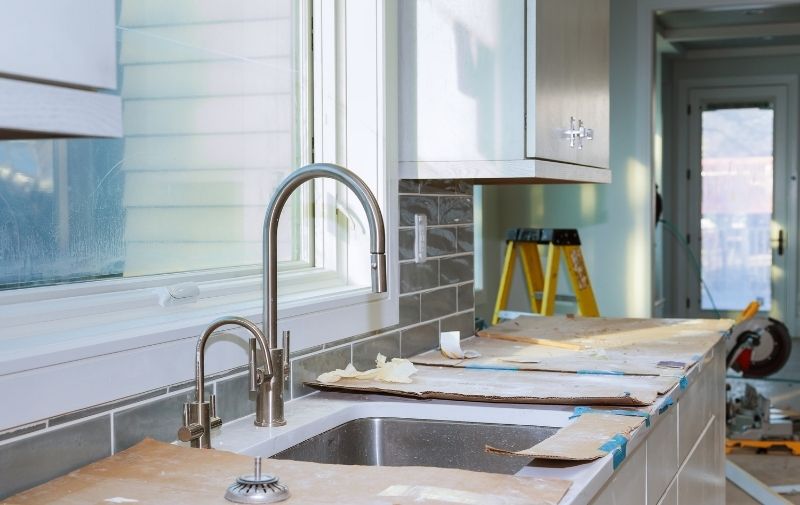

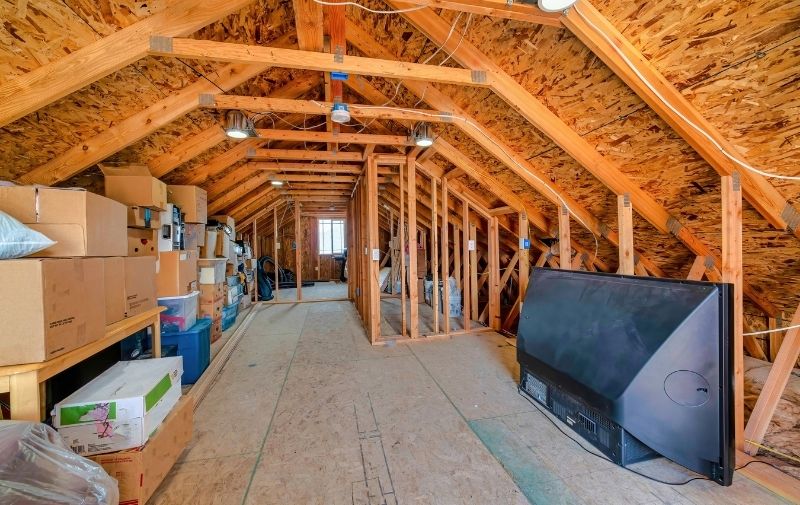
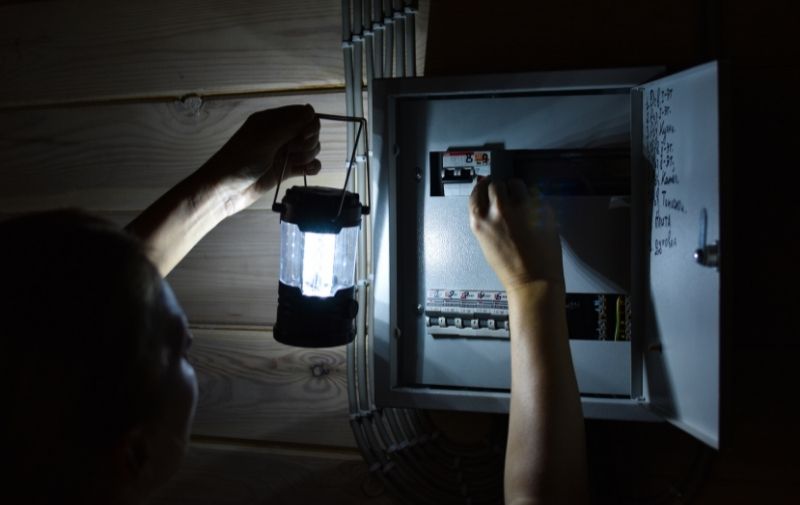
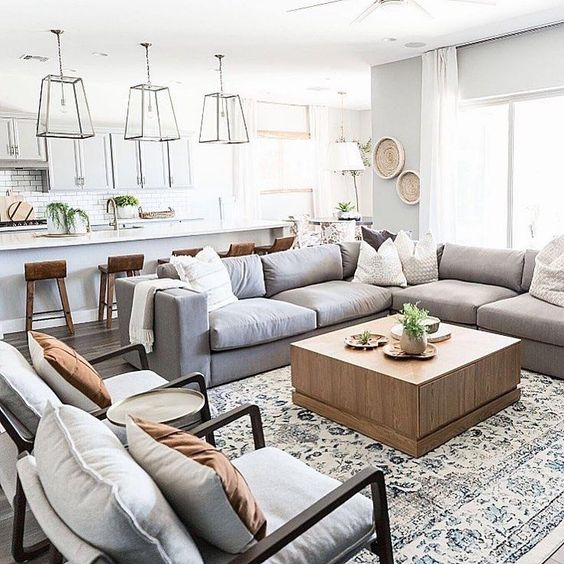
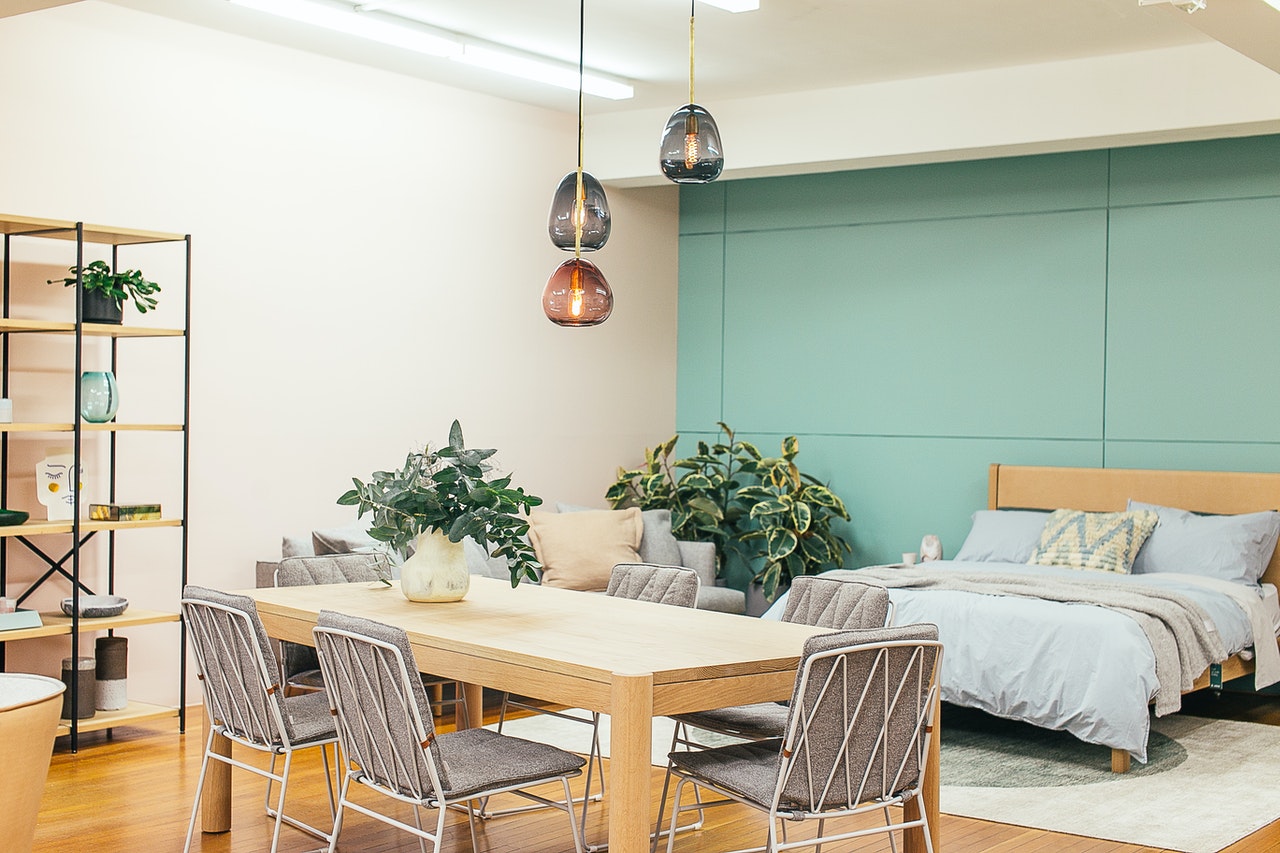




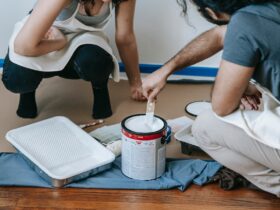
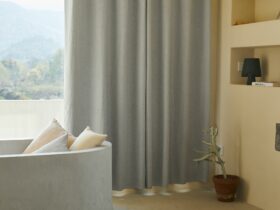
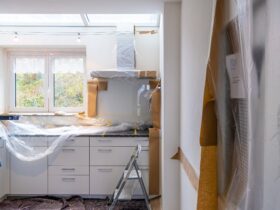

Leave a Reply